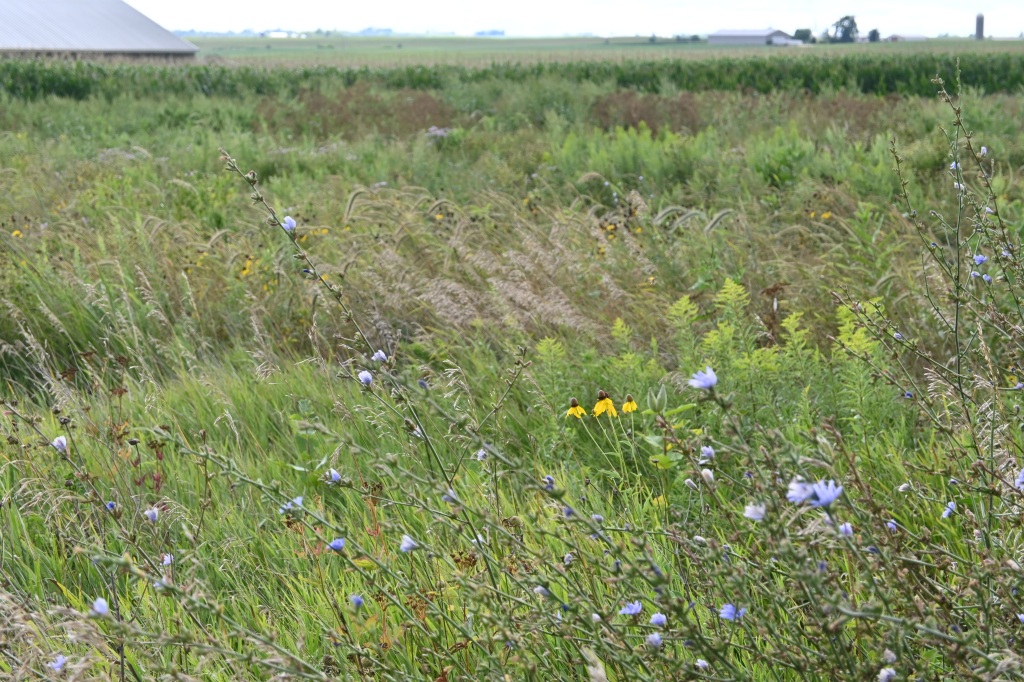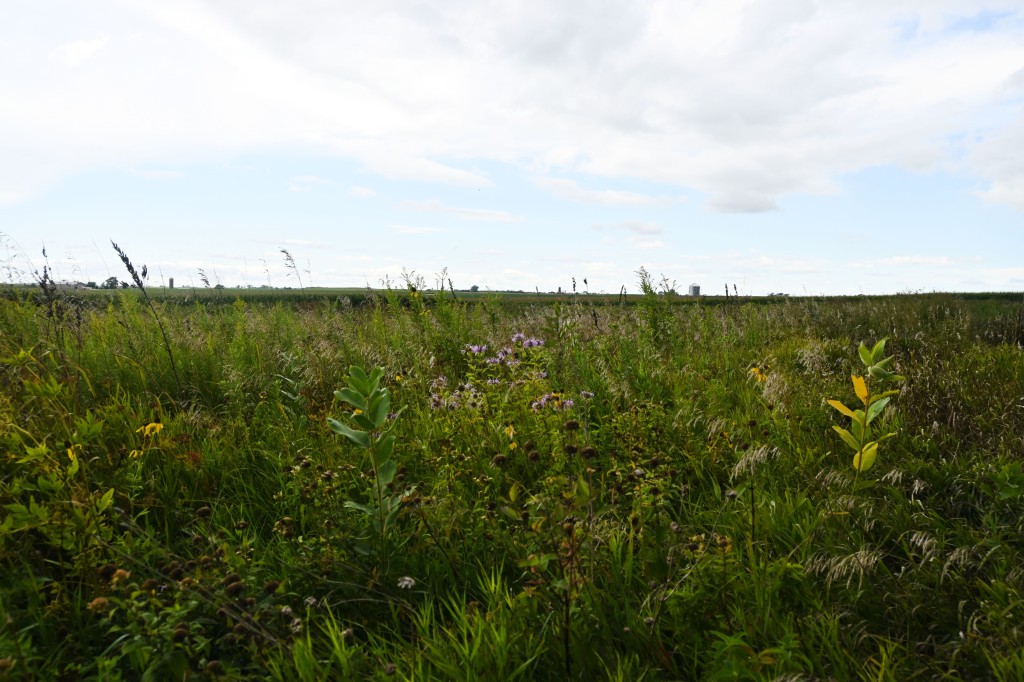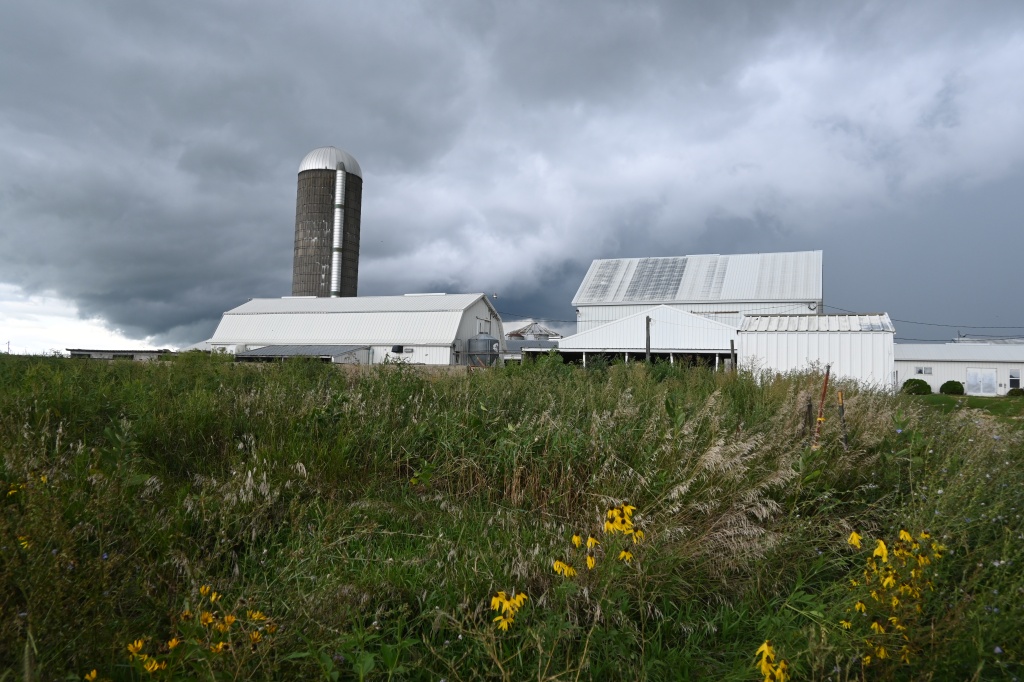
Margaret Hogan lives in Delaware County with her husband John and together they have been farming for over 50 years. She is a middle school science teacher in Dyersville and is an Iowa Learning Farms farmer partner since 2011. The Hogan’s grow corn, soybeans, and alfalfa and raise beef cattle. For many years they had dairy cows and are still active with Delaware County Dairy Producers.

Both Margaret and her husband grew up on farms in Jones County. Together they bought their first 50 acres in Delaware County and started raising their six kids. Their farm utilizes many conservation practices including no-till, cover crops, buffer strips, contour strips, an extended crop rotation, and pollinator habitat. Fertilizer is no longer applied in the fall, instead half is applied before planting in the spring and the other half is side-dressed on later. “By just going with good conservation practices we’ve increased our yields. About 20 bushels/acre for soybeans and 40 bushels/acre for corn,” said Margaret.

“It’s important that I practice what I teach,” said Margaret referring to conservation practices. Margaret attended Iowa State University and received a biology degree. Later she obtained a teaching license and has been teaching for over twenty years. In her science classes, Margaret talks about soil erosion, water quality, and the importance of pollinators.
For Margaret, being a teacher goes hand in hand with farming. She routinely brings her students out to the farm to see conservation in action. John takes the students on hayrides, the students head down to the creek to do some water testing, an agronomist and local Natural Resource Conservation Service (NRCS) professionals come and share information with the students, and the local Farm Bureau comes and serves a meal. “Some kids and teachers have never been to a farm, so we make a whole day of it for them every couple of years,” said Margaret.

Students have helped Margaret plant and maintain four prairie pollinator habitats, the largest being 2 acres since she started teaching. Margaret learned how to best plant a prairie at various conservation events and has passed that knowledge onto her students. First, they practice spreading sand between two flags with an ice cream pail, then once Margaret deems them sufficient, she gives them a mixture of seeds and sand and the students head out to the prairie. For Margaret, planting the prairie isn’t just about adding pollinator habitat, but also about ease on the farm. “The biggest plot is two acres because of increasing equipment size,” explained Margaret, “it was going to be difficult to get the new 24 row planter into that small area, so we saved ourselves the stress and made it permanent prairie.”

The Hogans also have cover crops flown on in the fall and in the spring plant green, planting a cash crop before the cover crop is terminated. They use a mix of oats, cereal rye, and radishes and utilize a Conservation Stewardship Program (CSP) contract payment to help cover expenses. Margaret and John also have a CSP contract to enable them to add more grazing land for their cows.

Margaret is always learning and incorporating new methods of conservation on the farm. For her, teaching doesn’t stop when she leaves the school building. “Getting the message about the importance and benefits of these practices to farmers and future generations about water quality and feeding the world will lead to change for conservation practice adoption,” said Margaret.
What to Expect: Establishing Prairie Vegetation on Your Farm
Redefining the Field Edge: Improving Farm Profitability with Strategically Placed Prairie